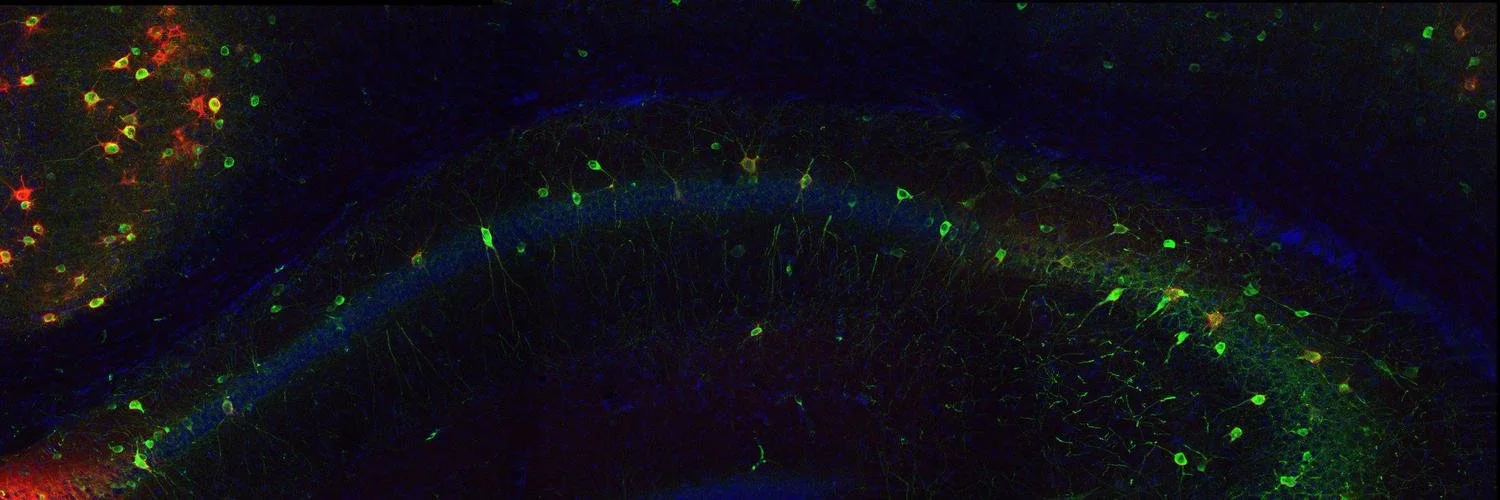
Brain-body neuroimmune interactions
Positioned at the crossroads of neuroscience, immunology, and developmental neurobiology, our lab studies the biology underlying the communication between the brain and the immune system across scales and ages.
Our research is question-driven. We address our research questions using multi-level interdisciplinary approaches that bridge molecular, cellular, and imaging techniques with behavior. Using mice as model organisms, we combine molecular and cellular approaches (e.g., single-cell RNA-sequencing, spatial transcriptomics, flow cytometry), in vivo two-photon structural and functional imaging, chemogenetics, modern viral and transgenic tools, and behavioral analyses.
The Neuroscience of Immune Responses
One (very active) arm of the lab focuses on how the cerebral cortex senses and encodes immune information, and uses it to coordinate behavioral, physiological, and immunological responses.
The immune system as a sensory system
Central processing of immune information
Emergence of immune encoding in development
The brain as a central regulator of immunity
Neuroimmune Pathology Across the Lifespan
The second arm of our research explores how peripheral inflammation disrupts brain function and behavior across development, adulthood, and aging.
How postnatal inflammation impacts neurodevelopment
A project on pediatric long COVID, in collaboration with Dr. Akiko Iwasaki, is part of this line of research
Link between inflammation and psychiatric disorders
How inflammation interacts with aging to increase dementia risk
Immune modulation of cortical networks



